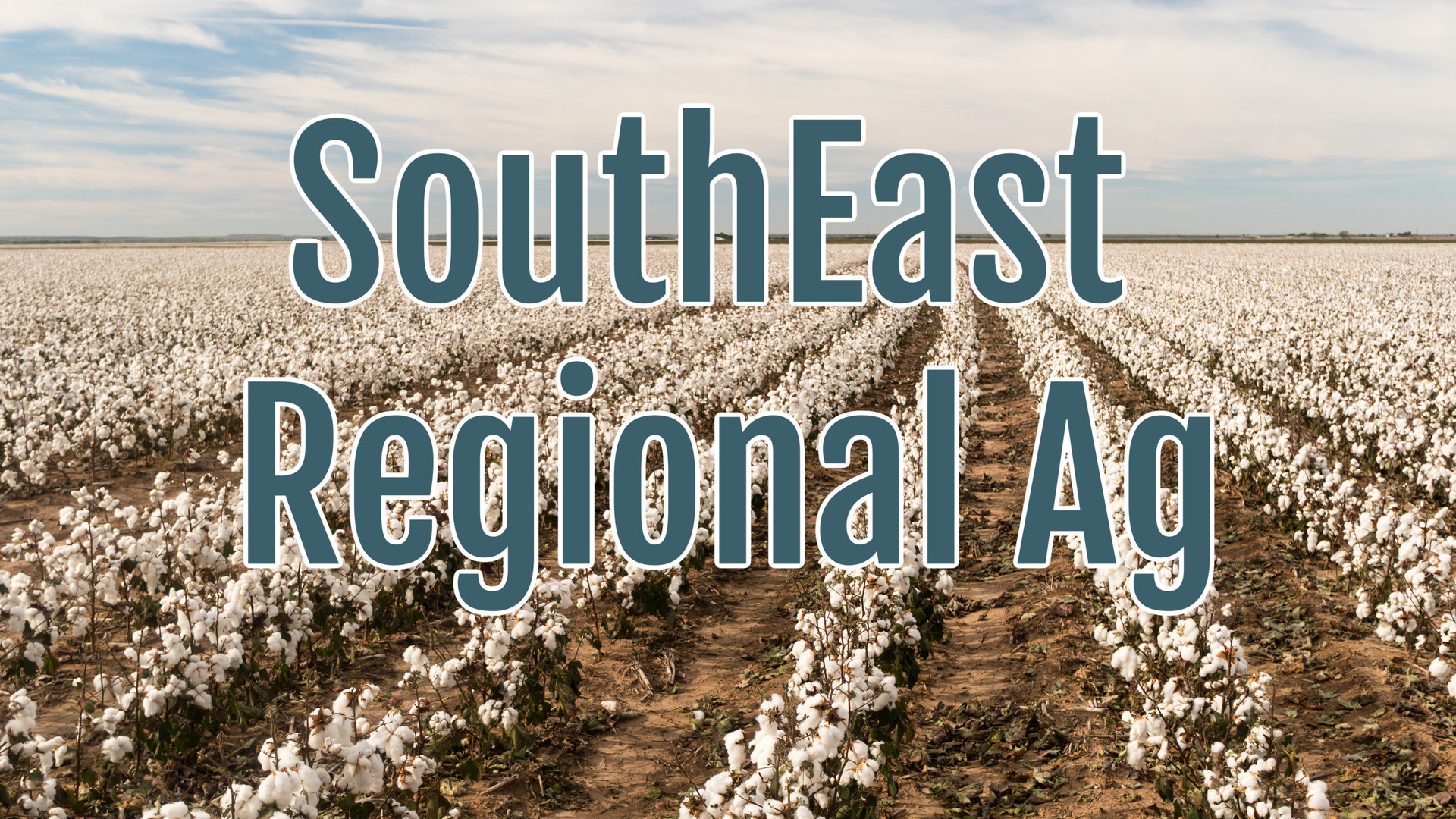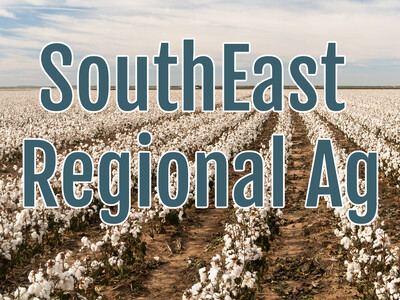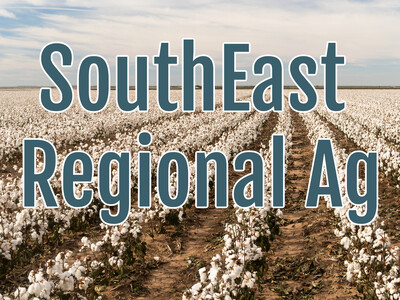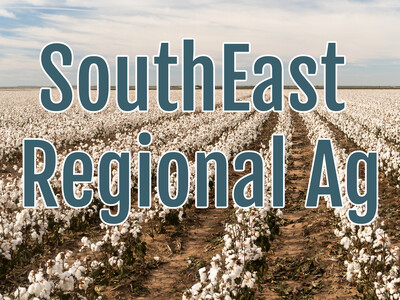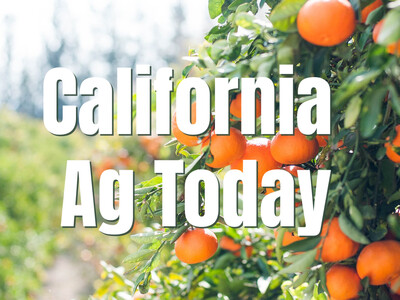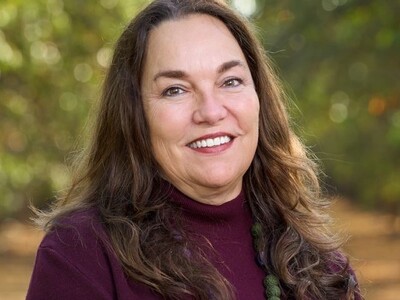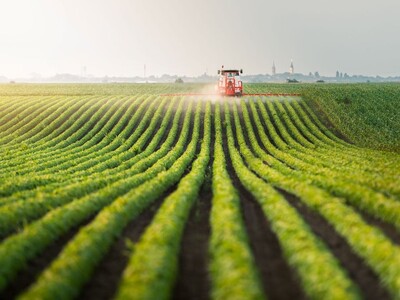Gatorbyte - Part 2

Tim Hammerich
News Reporter
Yesterday we reported on how Gatorbyte has built a buoy to help pinpoint sources of pollution to improve water quality. Today, we continue that story by explaining a little bit more about how it works.
Bean… “So we actually have like small sensors. These are pretty tiny, less than an inch in diameter. And we're really dealing with the fundamental water quality parameters. We're looking at temperature, conductivity, dissolved oxygen and pH.”
That’s University of Florida assistant professor and extension specialist Eban Bean. He says these parameters can be measured to determine where to focus further water quality efforts.
Bean.. “We don't know where these pollutants are coming from in this watershed. Let's do a scan or a survey. Float it down. It has GPS in it, so it's mapping where those water quality points and measurements are being taken. We can then, because it's cellular enabled, we can track it real time. And when it gets down to the end of the watershed, we can go and pick it up. Cause we know where the GPS is. So that can kind of tell you, okay, well, we have this big shift in our water quality trends after this location where this tributary comes in. That can kind of tell us, hey, we need to do more investigation of this tributary or this side channel. And that's where we need to focus our efforts. It's not on this larger part of the watershed. We've now really zoomed in on where this pollutant source is going to.”
Stay tuned for the third and final Gatorbyte segment, right back here tomorrow.


